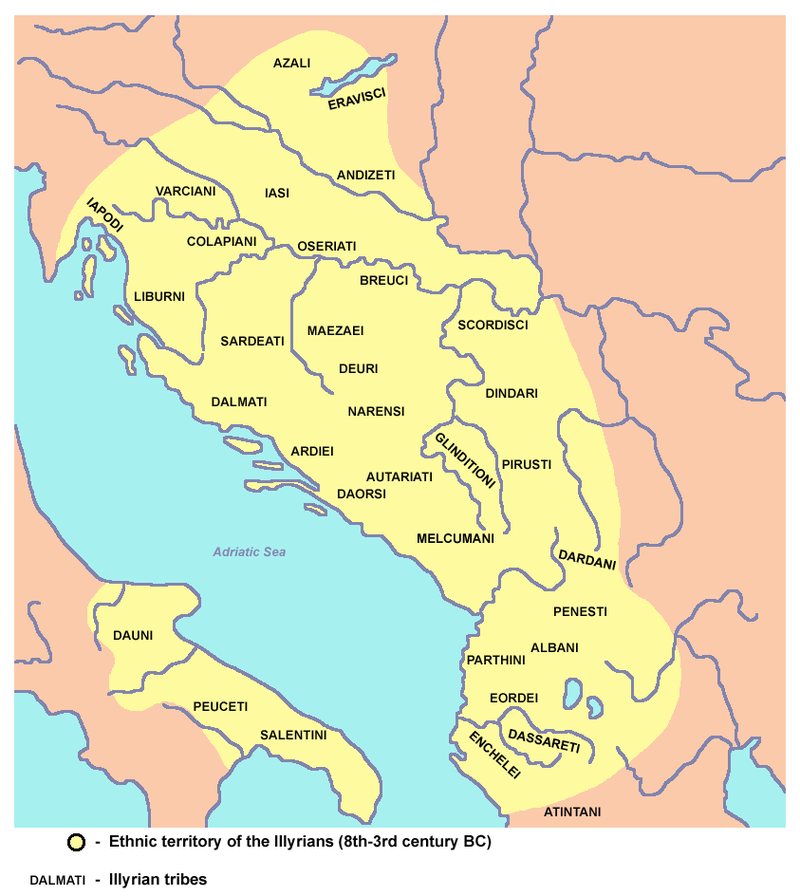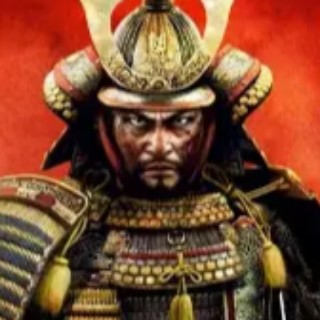Reading this forum and looking at the Hoplite STLs has reminded me of my old love, Europa Barbarorum, rekindling my love for Hellenistic warfare.
One of my favorite factions to play was Epirus, specifically the light and flexible Illyrian auxiliaries to support their phalanx.
The Illyrians themselves being highlanders bordering the Macedonians and Greeks. They where fairly adapt at fighting their neighbors, being proficient sea raiders, and popular mercenaries among the Greeks.

They fought in ways similar to their neighbors, but often prioritizing lighter infantry, rapid assaults, and hit and run tactics. Using formations such as...
The light phalanx,
And Light Hoplites

Skirmish troops

Would draw out forces so then swordsmen and light cavalry could attack the flanks and rear. For a elite force made use of axe assault infantry armed with slings for ranged combat.
I think basic Illyrians would make for cool edition to the First Empires range. I've only seen them in metal or resin. I think they would kit bash well with Greeks Celts and Thracians to make up the rest of their units and fill the armies or Pyrrhus or any general that hires these mercenaries.

















